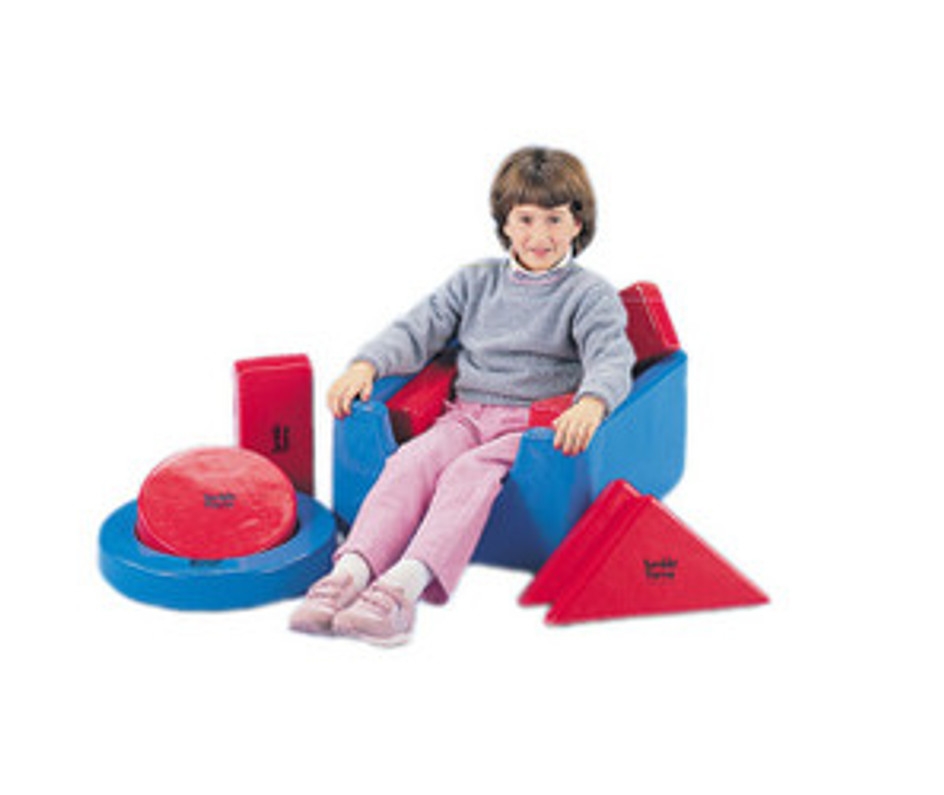Pediatric Physical Therapy Equipment: Enhancing Child Development and Rehabilitation
Pediatric Physical Therapy Equipment plays a crucial role in the rehabilitation and development of children with various congenital, developmental, or acquired conditions. The goal is to improve mobility, strength, coordination, and functional abilities. In this blog post, we'll explore the diverse range of pediatric equipment for physical therapy that supports these goals.
Adaptive Equipment
Adaptive equipment includes tools that assist children with physical disabilities or mobility limitations. Examples range from gait trainers to specialized wheelchairs, allowing therapists to create personalized interventions. Gait trainers offer support and stability for children learning to walk or improve their walking abilities, while customized wheelchairs promote independence and mobility in everyday activities.
Sensory Integration Tools
Children with sensory processing disorders or on the autism spectrum benefit greatly from sensory integration tools. These tools, including swing seats, weighted blankets, and tactile mats, help children process sensory information more effectively. By providing sensory input, these tools promote self-regulation and are essential in occupational therapyfor children with sensory challenges.
Therapeutic Toys and Games
Therapeutic toys and games are vital for keeping children engaged during therapy sessions. These tools are designed to develop motor skills in a fun and interactive way. Balance shapes, therapy balls, and obstacle courses enhance coordination, balance, and strength. Additionally, interactive games can improve fine motor skills, visual-motor integration, and attention span, making them essential in pediatric occupational therapy.
Assistive Technology
Innovative assistive technology has transformed the way children with disabilities interact with their environment. From communication devices to powered mobility aids, these tools empower children to participate in daily life. Augmentative and alternative communication (AAC) devices enable nonverbal children to communicate effectively, while powered wheelchairs with joystick controls offer independent mobility.
Virtual Reality and Gamification
Virtual reality (VR) and gamification are revolutionizing pediatric physical therapy. VR creates immersive therapeutic environments that engage children in activities targeting motor skills and balance. Gamification—through rewards, levels, and challenges—motivates children to actively participate in therapy. These techniques not only make therapy more enjoyable but also allow for tracking progress and achieving goals.
Pediatric Furniture and Seating Systems
In pediatric physical therapy, specialized pediatric furniture and seating systems provide essential positioning and support. Proper positioning helps children engage in activities, while seating systems offer comfort and postural stability during therapy.
Conclusion
The range of pediatric physical therapy equipment available today—from adaptive equipment and sensory integration tools to virtual reality and therapeutic toys—gives therapists the tools to improve outcomes and enhance children's lives. By incorporating innovative solutions such as hand weights, head protectors, and assistive technologies, therapists can effectively target each child's unique needs, fostering their development and independence.
Recent Posts
-
Acupuncture vs. Dry Needling: What’s the Difference?
At first glance, acupuncture and dry needling might seem identical. Both involve inserting thin need …Jun 11th 2025 -
What Is Dry Needling? A Modern Approach to Pain Relief and Muscle Recovery
Chronic muscle pain, tension, and restricted movement can significantly impact your daily life, sign …Jun 11th 2025 -
The Kinetic Chain and Its Importance?
The kinetic chain is a key principle in physical therapy, referring to the way muscles, joints, and …Apr 18th 2025



